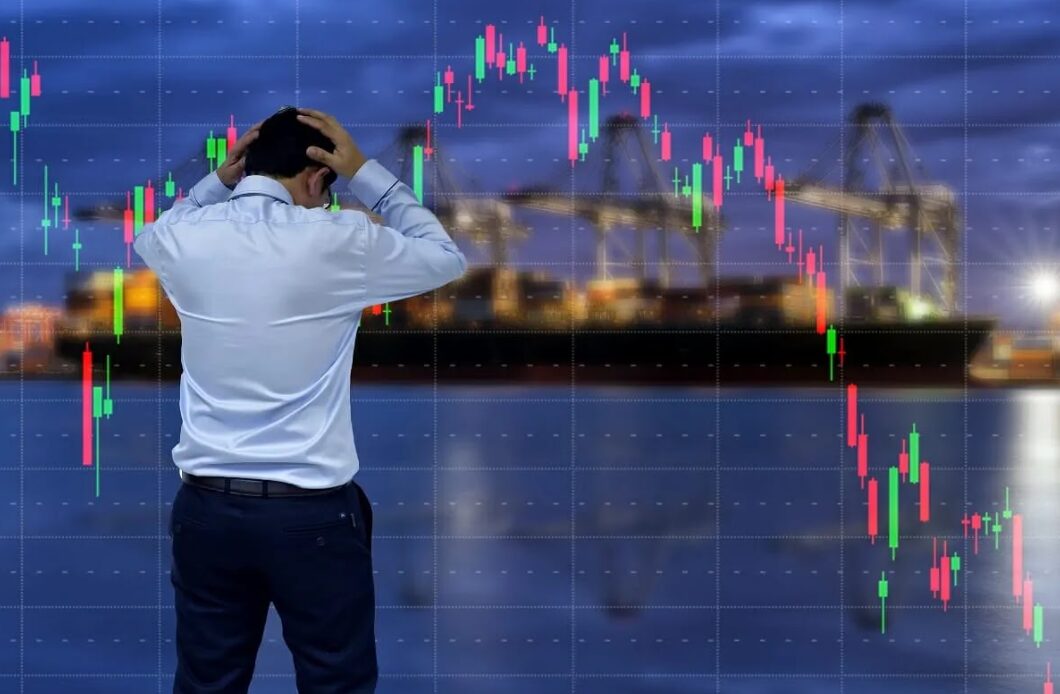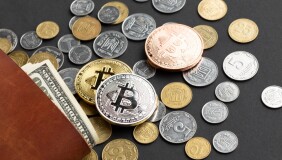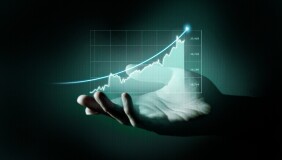
A currency pair is basically a value of one currency expressed in another. So, when we’re talking about the EUR / USD, we’re talking about the exchange rate or the price of buying the European currency for an American one.
- The 7 most important pairs
- How do they work
- Benefits of trading major currency pairs
- Lots of transparency and data
- Low spreads, high liquidity
- Using the leverage more confidently
- And the disadvantages
- Volatility
- And what’s the basis for setting prices?
- FAQ
- How many couples are involved in Forex trading?
- What are the three main types of sets?

Anyways, to identify market pairs, the codes set out by the International Organization for Standardization (ISO) are used – as a common standard. They’re made up of three letters: the first two represent the country, and the last is the name of the currency.
The 7 most important pairs
Here’s a rundown of the seven major currency couples you’ll see in action in trading:
- EUR / USD;
- USD / JPY;
- GBP / USD;
- USD / CHF;
- AUD / USD;
- USD / CAD;
- NZD / USD.
By the way, there are also exotic ones. They look like this:

But we will talk about them some other time.
How do they work
Everything’s quite simple there: in order to understand the topic, you just need to understand how to read these very *currency pairs*. For example, if a pair is GBP / USD, then the first shown (GBP, that is) is the base currency. The second (USD, that is) is the quote one.
What does that mean? It means that:
- The base is the currency you want to buy or sell – it’s measured in units of the quoted one.
- The quote is the currency, the amount of which you have to pay to buy one unit of the base one.
Note that the exchange rates may (and probably will) fluctuate according to changes in the value of the GBP and the USD against each other. Accordingly. And against other currencies.
Benefits of trading major currency pairs
Below are the main benefits of trading them.
Lots of transparency and data
As these are the *major* pairs, they are naturally quite popular and it’s relatively easy to find a plenty of information about them online. This includes economic reports, technical help and much, much more. In addition, most analysts will also discuss the situation on them on their forums.

So, if you’re prepared to do your homework, it’s definitely cool.
Low spreads, high liquidity
When interacting with such assets, one’ll certainly be exposed to low spreads, yet at the same time, high liquidity. This literally means that it’s easier than ever to find cheap investment opportunities that can generate significant returns. What else does this *high liquidity* do?
We don’t think we need to explain why this is a good thing: stability is almost always good (unless you’re an incredible short-term trader who engages from peak to peak).
Using the leverage more confidently
Leverage lets you grow your capital by getting a loan from a broker.

And using it on major pairs significantly reduces risk compared to trading exotic or just illiquid sets. The thing is, the stability and predictability of majors due to the strong economies of the respective states and high trading volume make them more suitable for leverage. Guess that’s all there is to it.
And the disadvantages
To be perfectly honest, we’re going to talk more about the risks here than the disadvantages. Be that as it may, let’s continue.
Volatility
It’s always a good idea to keep volatility in mind. This applies to pairs too. And the same goes for the major ones, too.

For instance, in 2015 there was a significant decline in the USD / CHF following the Swiss National Bank’s refusal to limit the growth of its currency.
You’re missing out on some big swings (if you don’t consider the minor and exotic ones).
It’s a fact that when you’re dealing with major assets, you might be missing out on some big upswings that exotics can sometimes offer. Yes, they also carry much greater risks, yet still.
And what’s the basis for setting prices?
As we discovered a little earlier, major pairs are a natural flow of strong, stable and balanced economies. And because they aren’t fully tied to a government or Central Bank, their prices are free to fluctuate – based on the main market forces of demand and supply.

So, high demand means the price goes up, while low means there’s too much supply and the price goes down.
No economy is purely market-driven: some government control and intervention is needed for a healthy economy.
FAQ
How many couples are involved in Forex trading?
Usually, seven. All the ones we described at the beginning of this article. Excluding exotic couples, sure do. But those, as we said, are for another time.
What are the three main types of sets?
Here they are:
- The major ones – though a relatively small subset of all available instruments, there’s an obvious domination in terms of trading volume. Their exceptional liquidity stems from the widespread use of the constituent currencies like dollar, euro, pound, yen, and so on. Typically, these are the most reliable items of the world’s strongest economies.
- The cross ones – a combination of all seven of the monetary units listed above, except for the U.S. dollar. They’re still highly liquid, yet not as popular as majors.
- The exotic ones – a combination of items from an emerging market state and a developed one. Such sets are usually characterized by increased volatility and lack of liquidity. That is, trading costs are higher and chart movements can be somewhat sharp.











